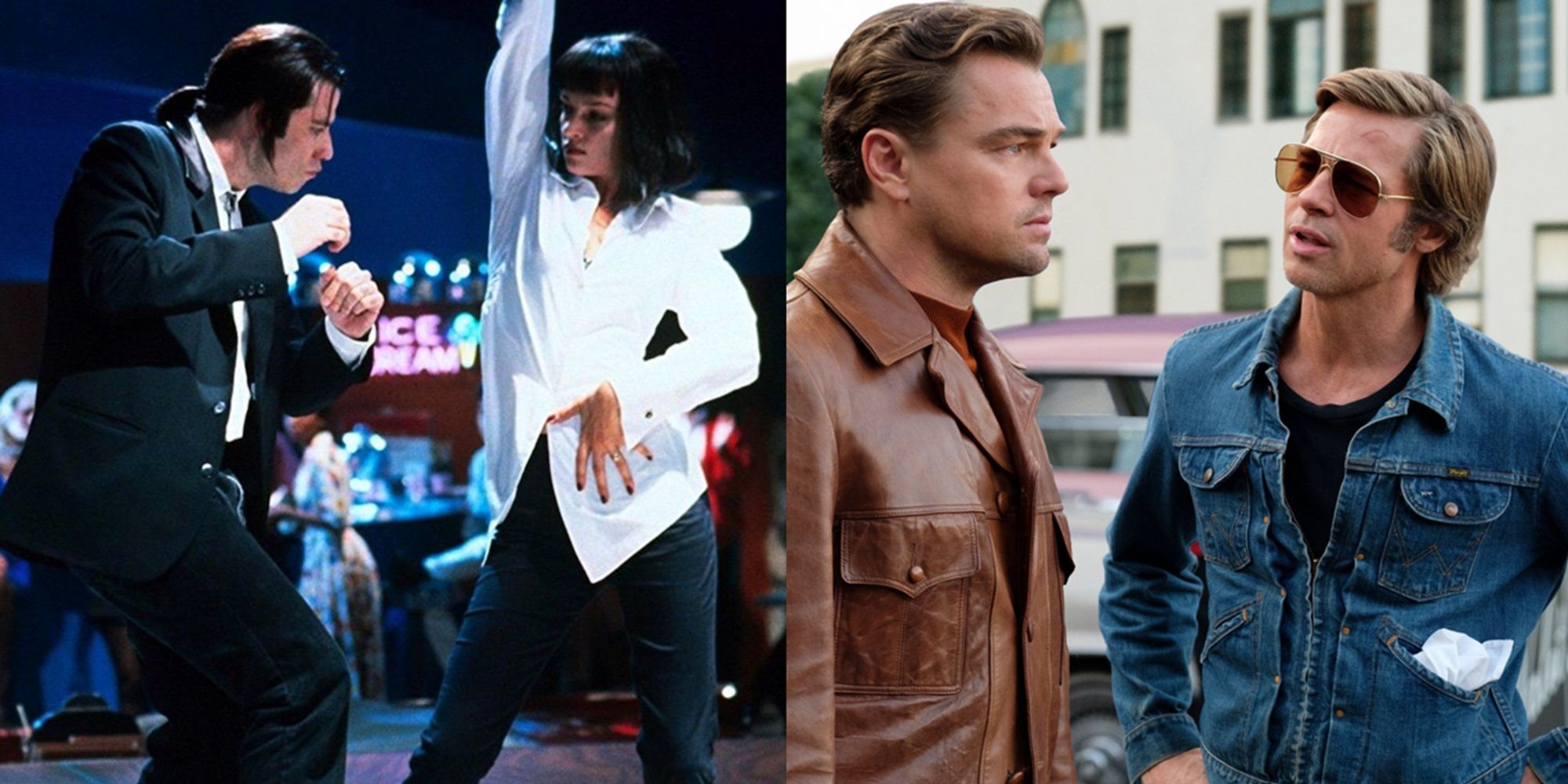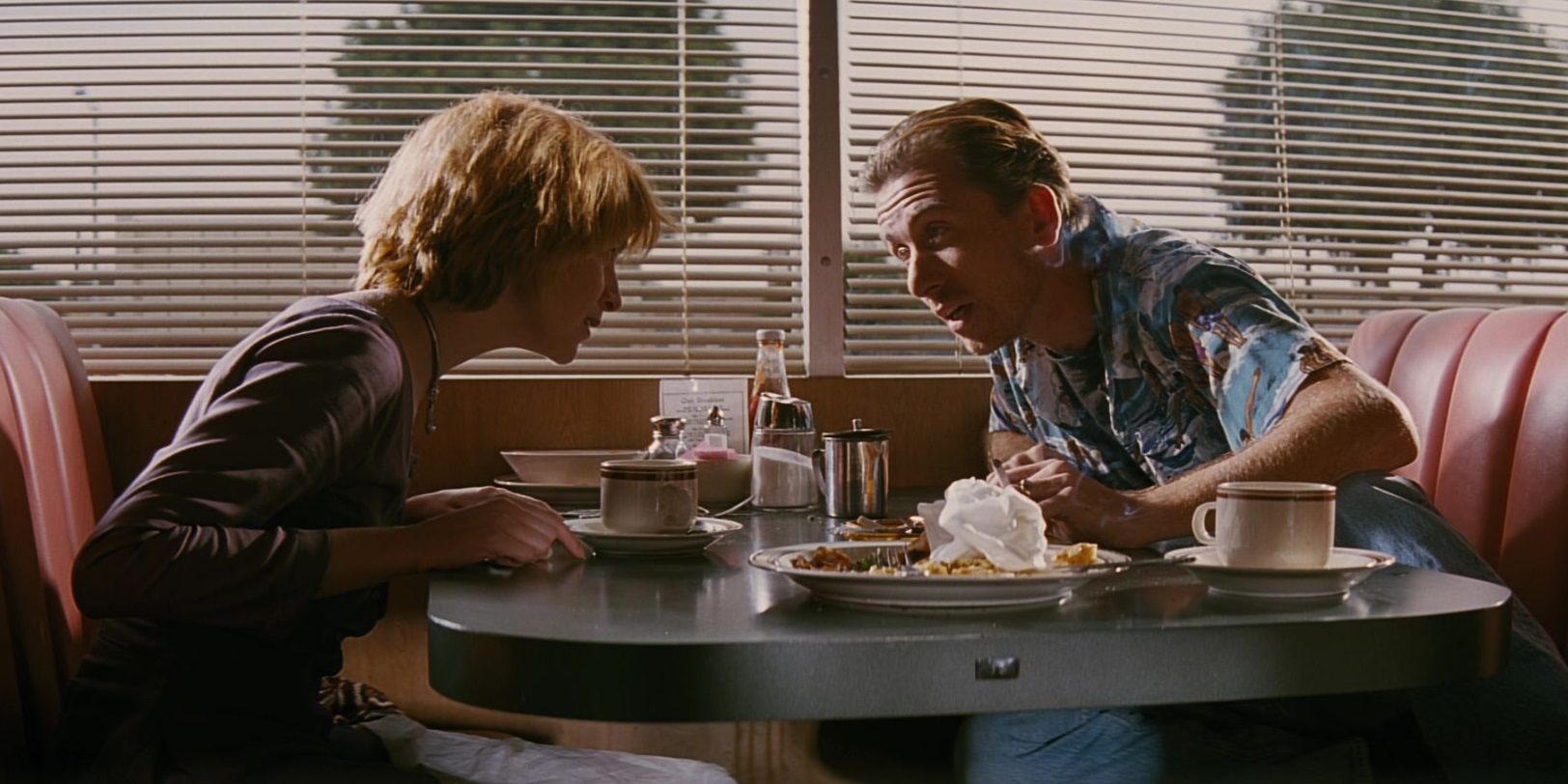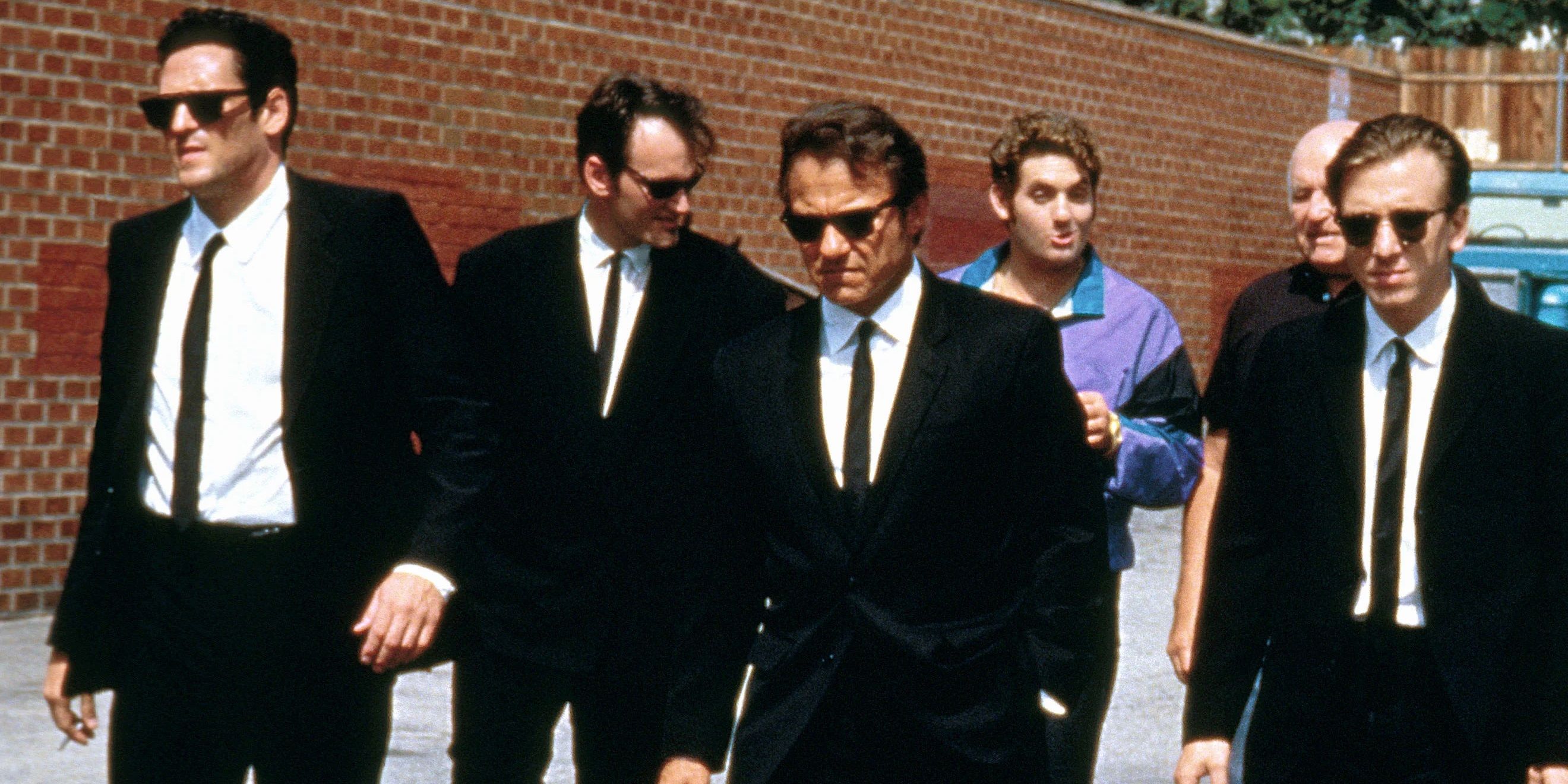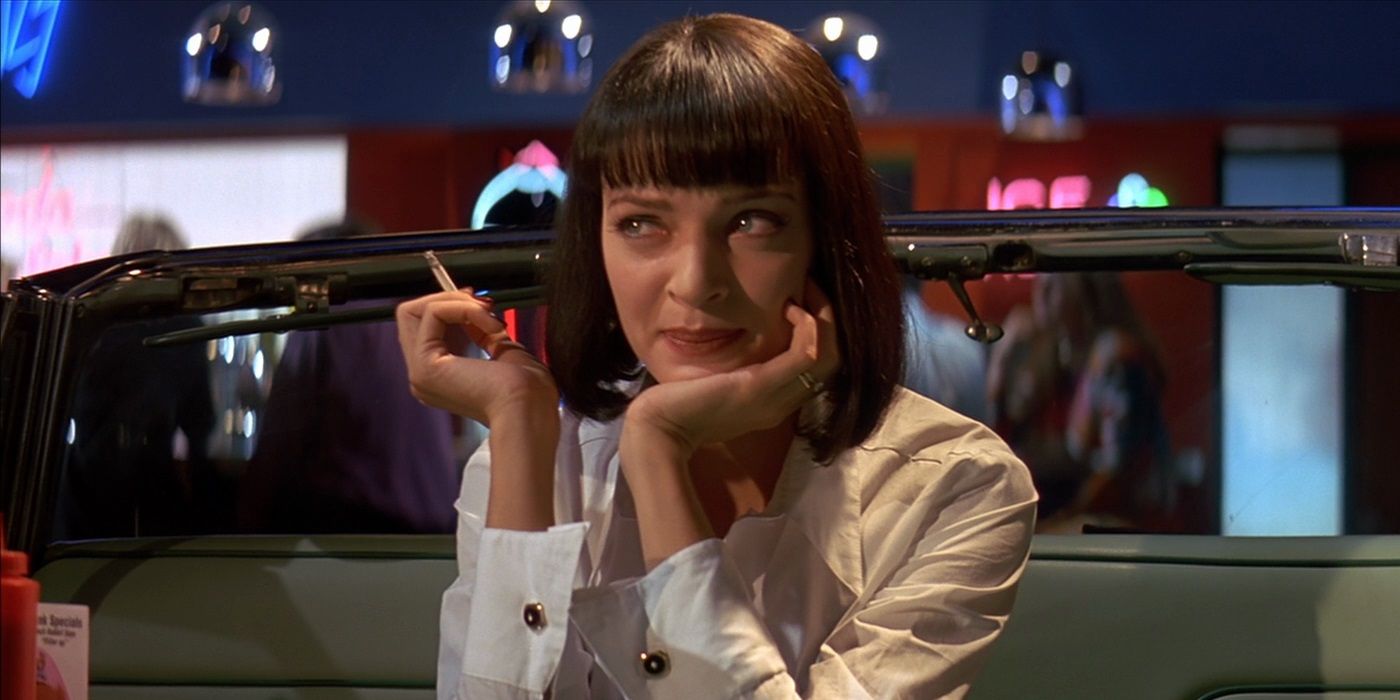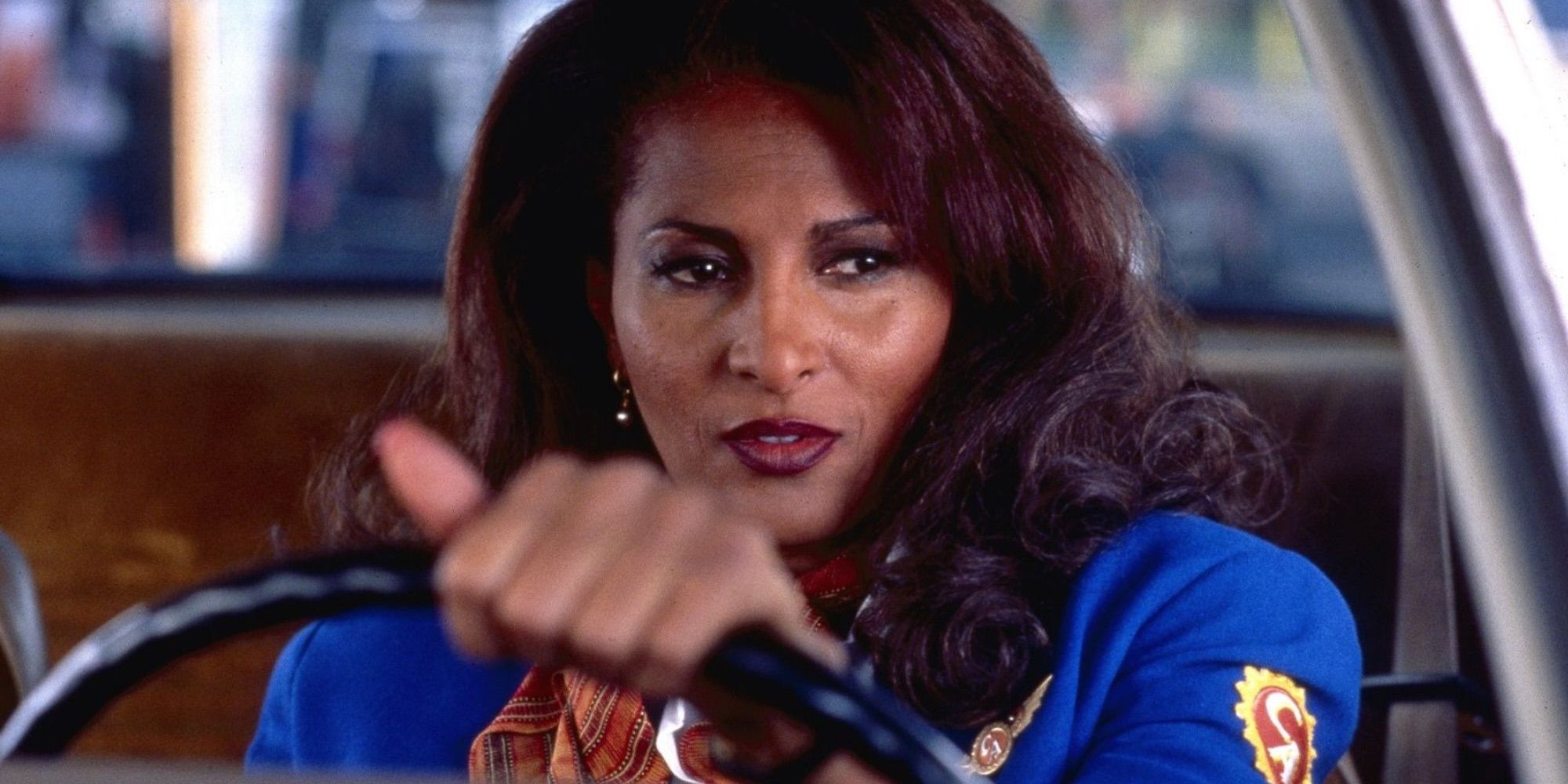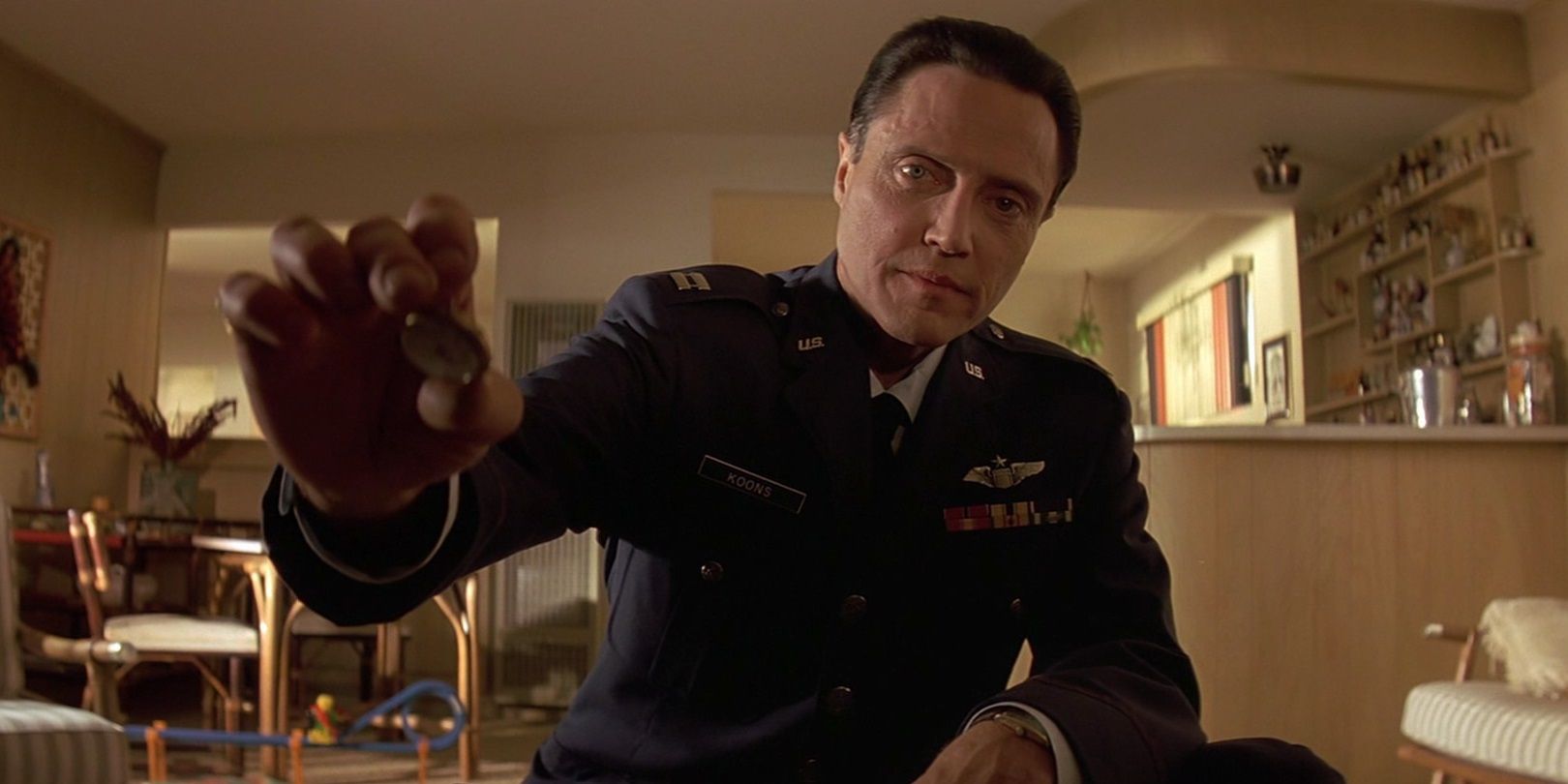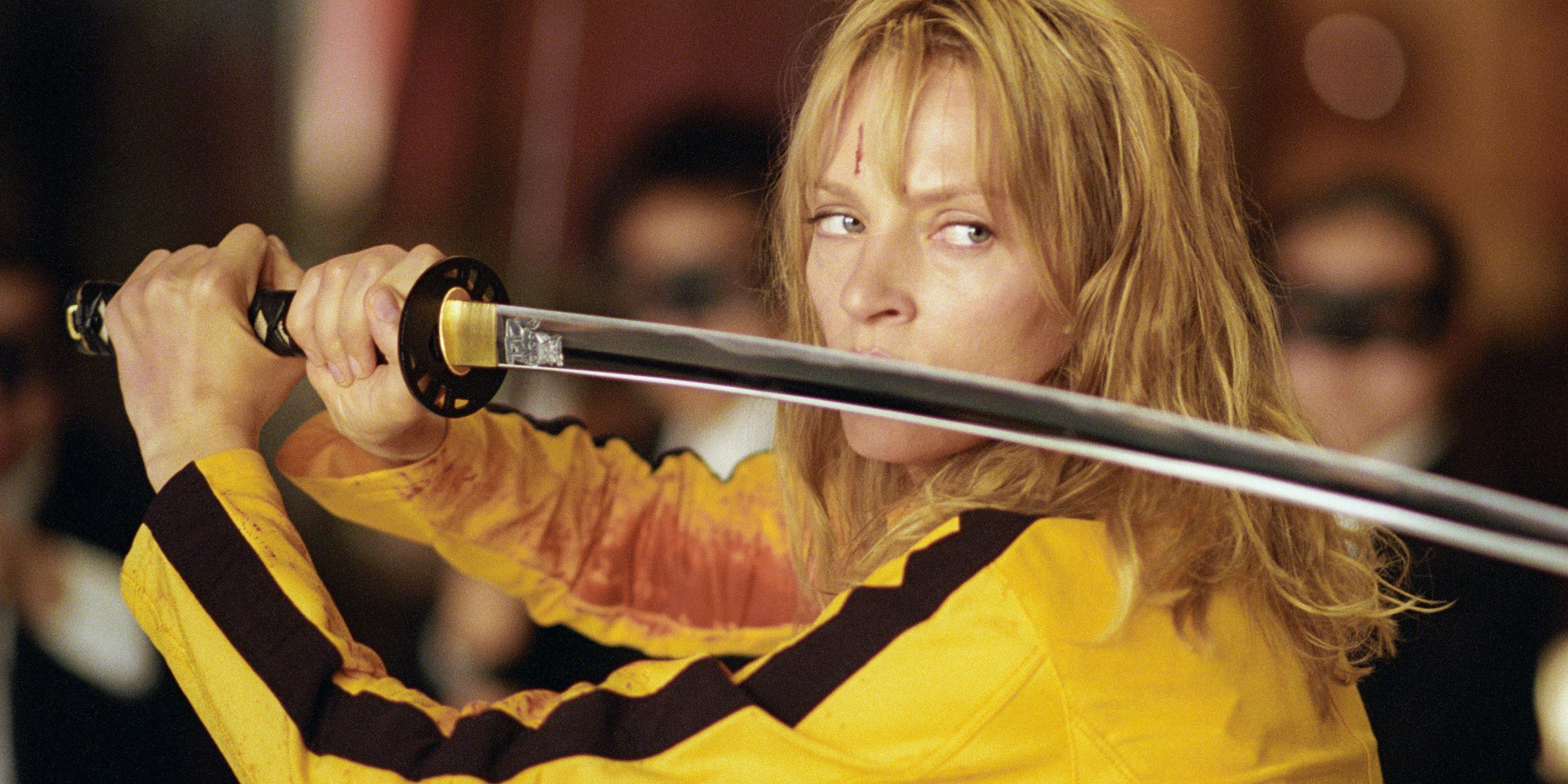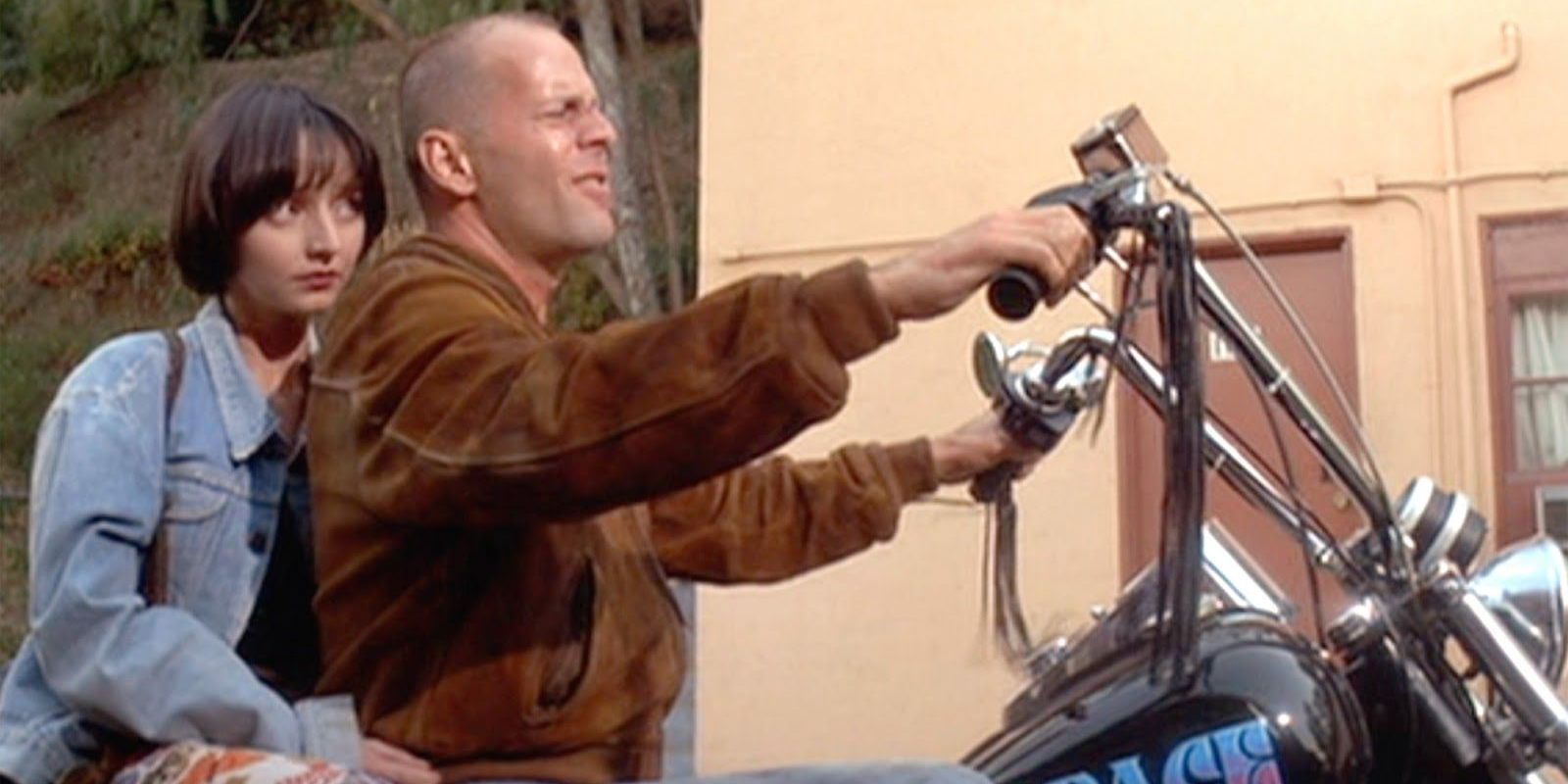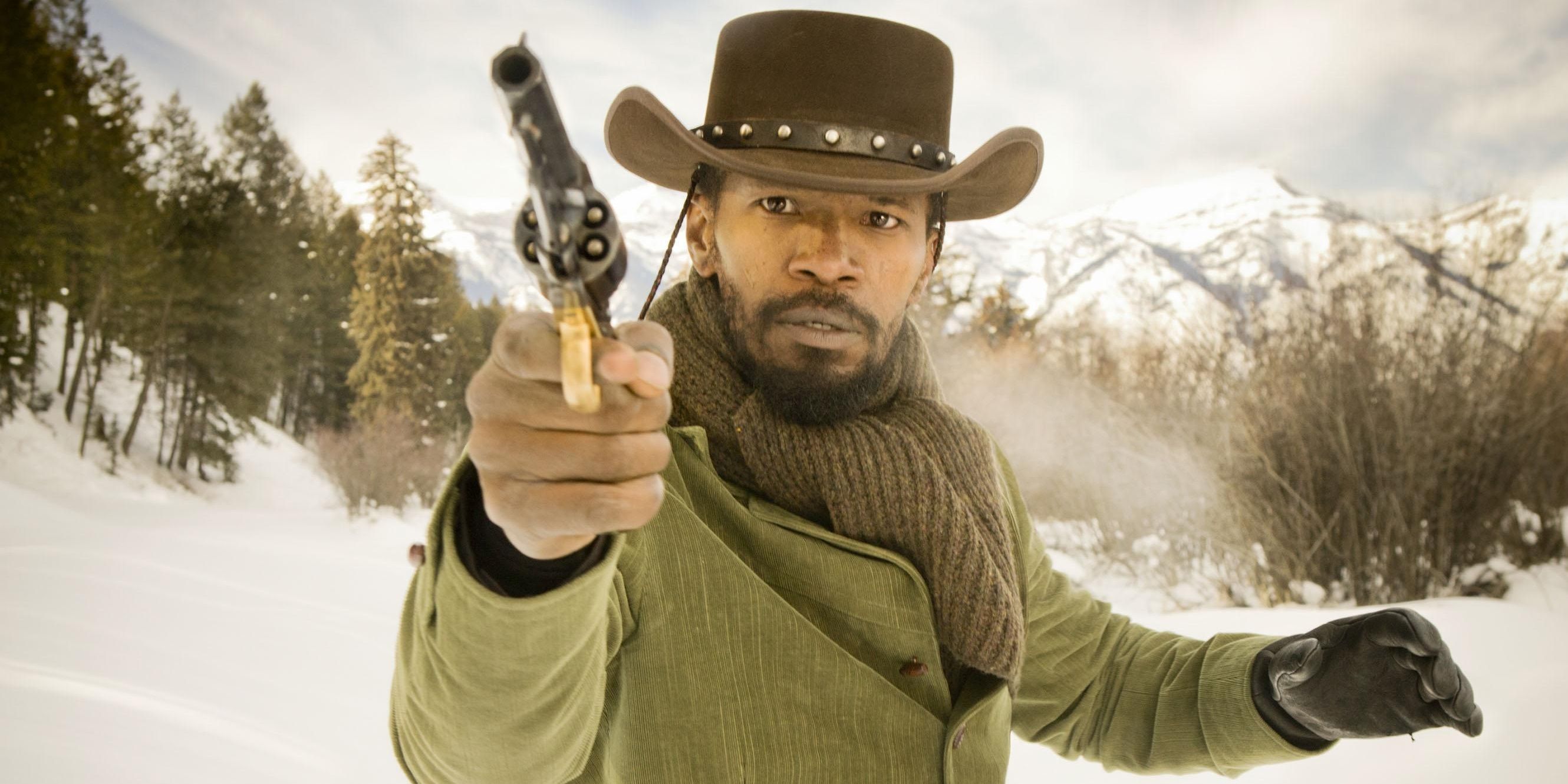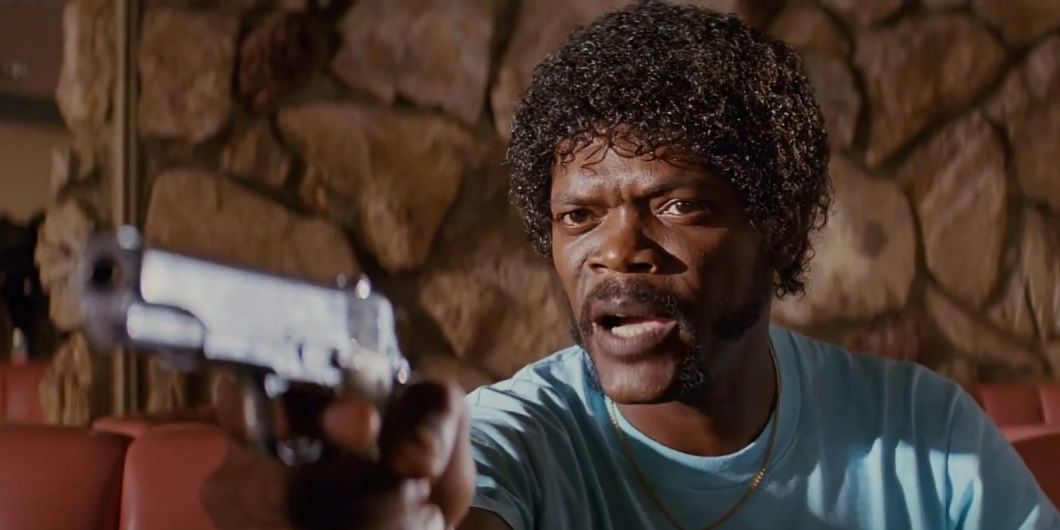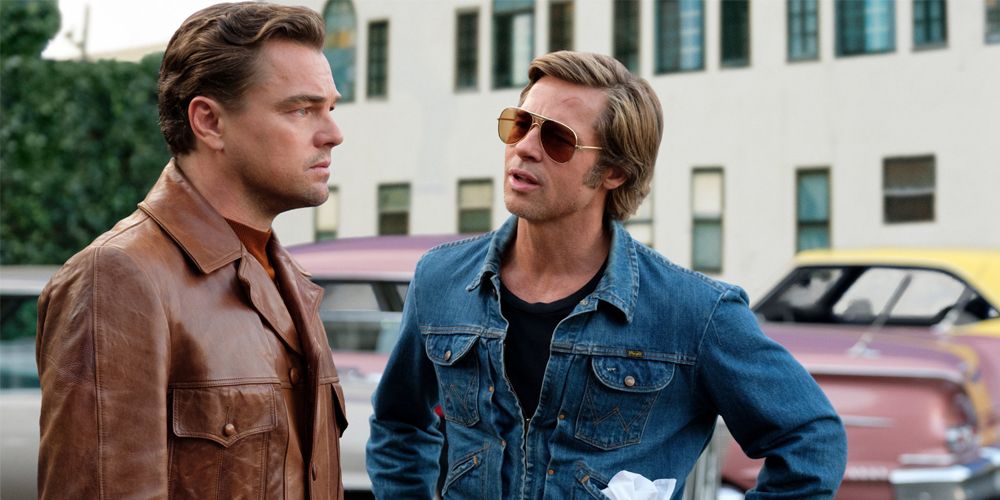While some critics deride the perceived emptiness of Quentin Tarantino’s reference-driven filmmaking style, most have praised the director’s ability to combine various images, sounds, and ideas from previous movies and blend them together to create something that feels new.
He’s credited with being one of the forerunners of postmodern Hollywood cinema, taking familiar elements from the past and twisting them and recontextualizing them for contemporary audiences. The pinnacle of this style is Pulp Fiction, the director’s second feature-length effort, which deconstructed the American crime film and put it back together with slick, groundbreaking style.
Pulp Fiction Is The Best: Almost Every Single Scene Is Iconic
Aside from a few missteps in the Fabienne subplot and a stretch during Marsellus’ investigation into Butch that exists as connective tissue between the three stories, almost every single scene in Pulp Fiction is iconic.
There are enough memorable lines, beloved characters, and captivating moments in Pulp Fiction that the movie barely has a dull second.
Alternative: Reservoir Dogs
Many Tarantino fans maintain that the director’s first film is still his best. Shot on a shoestring budget mostly in a single location, Reservoir Dogs’ limited, character-driven storytelling puts more emphasis on the performances and the dialogue than a sprawling, action-packed epic of Django or Basterds proportions.
The question of the undercover cop’s identity gives Reservoir Dogs an intriguing engine to keep audiences’ attention, while the father-son dynamic shared by Mr. White (Harvey Keitel) and Mr. Orange (Tim Roth) provides real emotional substance. Also, the Stealers Wheel torture scene is one of the all-time greatest movie moments.
Pulp Fiction Is The Best: It Popularized Postmodernism
The cinema of the ‘90s was marked by the rise of postmodernism and that rise began with Pulp Fiction’s fast and loose attitude toward the rules of making movies and its affection for familiar elements from film history.
The self-aware charm, caustic wit, and litany of pop culture references in Pulp Fiction make it a masterpiece of postmodern cinema — and one of its most groundbreaking entries.
Alternative: Jackie Brown
Fans of Fargo were reportedly outraged by the Coen brothers’ next movie, The Big Lebowski, which was much wackier and more outlandish than their previous work. The opposite happened to Tarantino’s follow-up to Pulp Fiction, Jackie Brown, which was dismissed by moviegoers for being less wacky and outlandish than his last movie.
However, while Jackie Brown doesn’t reach the pawn-shop-basement heights of Pulp Fiction’s “adult content,” it’s easily Tarantino’s most mature movie. Adapting another writer’s work, Elmore Leonard’s Rum Punch, reined Tarantino in and gave him limits to work with creatively. It also provided the perfect comeback vehicle for screen icon Pam Grier and features one of the finest performances by the late, great Robert Forster.
Pulp Fiction Is The Best: It Redefined Screenwriting
There’s a story in Patton Oswalt’s book Silver Screen Fiend about watching Pulp Fiction with Marc Maron. After the movie was over and Oswalt headed home, Maron cracked, “Gotta go home and burn that screenplay you were working on?” It’s a good quip, but it’s also a reminder that Tarantino’s sophomore directorial effort redefined screenwriting.
Suddenly, this limited art form that had previously stuck to a rigid set of rules was blown wide open. Anything was possible: nonlinear storytelling, dark comedy, unsympathetic protagonists, etc.
Alternative: Kill Bill
Although Kill Bill was released in two parts, it’s essentially one movie. Tarantino is the gatekeeper of his own filmography and he only counts it as a single entry. While most of Tarantino’s movies can be categorized by one or two genres (The Hateful Eight is a western mystery, Death Proof is a carsploitation slasher etc.), Kill Bill is one of his only entries that transcends genre. Uma Thurman brings a real humanity to the Bride and the pain she’s been through in the midst of all the grindhouse spectacle.
The fight scenes hark back to the Shaw Brothers’ action flicks, the desert cinematography pays homage to Sergio Leone’s spaghetti westerns, there’s a brilliant anime sequence, the yellow jumpsuit is ripped from Game of Death, and the revenge-based plot references all of the above. The long dialogue sequences — a rarity in action cinema — and quirky cutaway gags are pure Tarantino.
Pulp Fiction Is The Best: It’s Wholly Original
A lot of Tarantino’s movies can be traced back to a specific genre or style that the director is emulating. Inglourious Basterds is Tarantino’s take on a guys-on-a-mission World War II actioner, Reservoir Dogs is Tarantino’s take on a heist film, etc.
But Pulp Fiction is wholly original, encapsulating the director’s own style instead of trying to copy someone else’s — except for the style of actual pulp writers, of course — with an anthology format, pitch-black comic sensibility, and fictional universe that is entirely Tarantino’s own.
Alternative: Django Unchained
Tarantino’s style is marked by taking the filmmaking techniques of foreign interpretations of American genres (France’s crime films, Italy’s westerns, etc.) back to America. He’s overtly referenced spaghetti westerns since the beginning of his career, but he didn’t make a full-blown western — or “Southern,” as he termed it — until his seventh feature, Django Unchained.
Using the brutal, blood-drenched tactics of filmmakers like Leone and Corbucci, Tarantino bluntly tackled the ugliest chapter in American history. Jamie Foxx’s captivating turn as Django gives the Bride a run for her money as the Tarantino-verse’s greatest ass-kicking avenger, while Leonardo DiCaprio and Samuel L. Jackson confront him with two of the Tarantino-verse’s most sinister villains.
Pulp Fiction Is The Best: It’s Tarantino’s Definitive Cinematic Statement
Everything that Quentin Tarantino has ever wanted to say with cinema and about cinema is summed up in Pulp Fiction. It’s a quintessentially American movie that draws from various overseas filmmaking styles that were, in turn, drawn from even older American filmmaking styles.
Tarantino has always wanted to make spaghetti westerns that aren’t necessarily set in the Old West, and Pulp Fiction is an urban spaghetti western that captures ‘90s Los Angeles.
Alternative: Once Upon A Time In Hollywood
On the surface, Once Upon a Time in Hollywood is a hangout movie — somewhere between a drama and a comedy — that takes place in the film industry. But it’s also a visually lyrical fairy tale, set on the sun-drenched streets of ‘60s L.A. as Tarantino remembers it from his childhood, that rewrites a harrowing part of history. Certain sequences jump genres mid-movie: the Spahn Ranch scene is straight out of a horror movie, while the final beatdown briefly becomes an exploitation actioner reveling in brutal vigilante justice.
Leonardo DiCaprio and Brad Pitt are utterly compelling in the lead roles as an insecure actor getting into make-believe danger and his stunt double getting into real danger, culminating in one of the most satisfying finales of all time.

